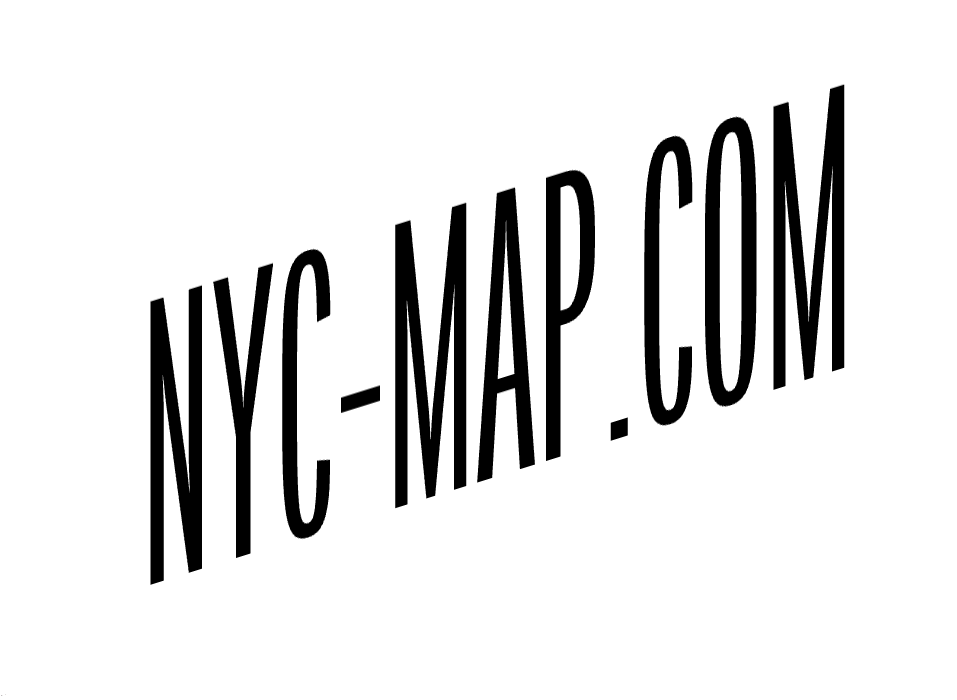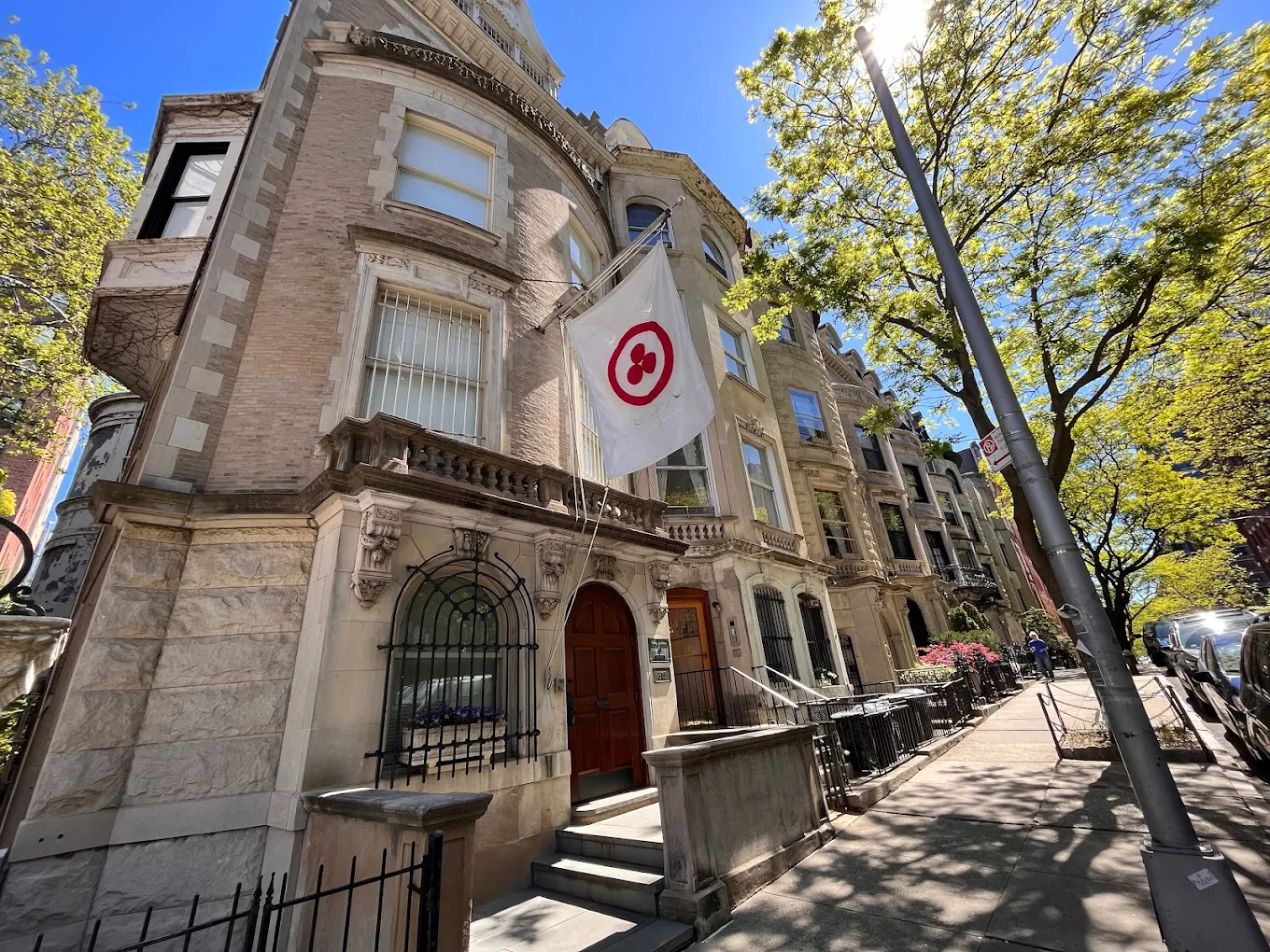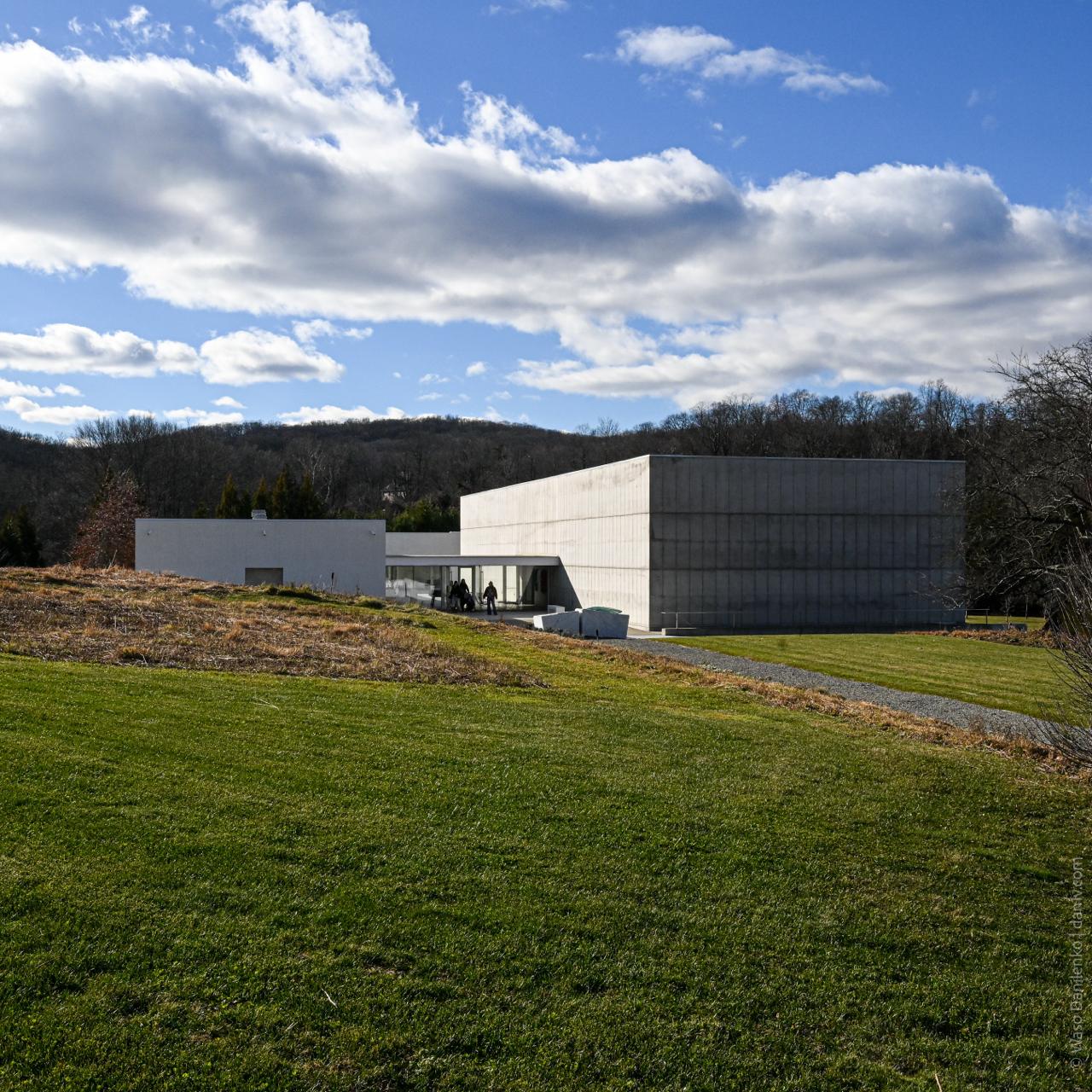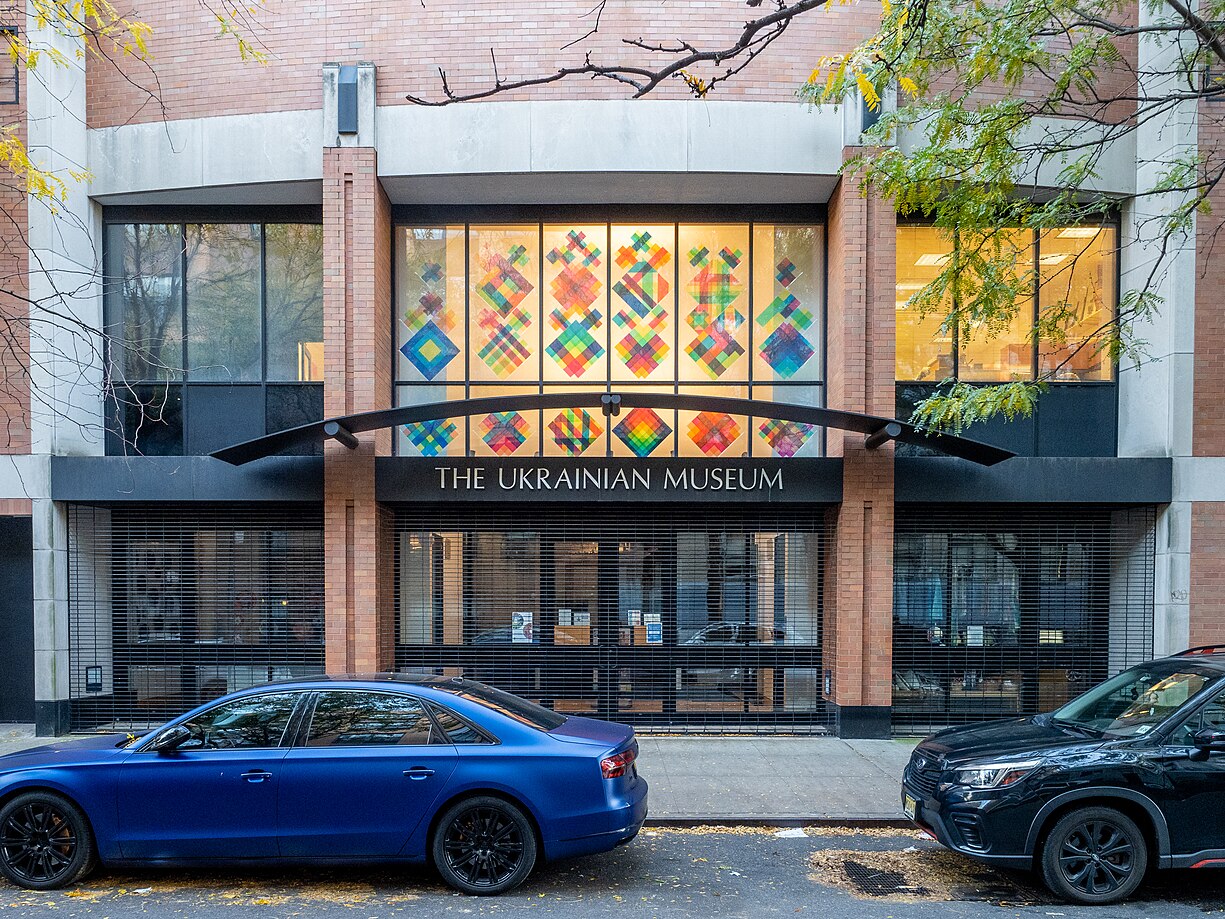New York is a bottomless treasure trove of culture, and it can be quite challenging to find a truly remarkable gem. To simplify your search, we highlight one such place: the Nicholas Roerich Museum in the Upper West Side. Here, you can dive into the captivating, almost cinematic life of an artist who created over 700 paintings.
Museum History
Nikolai Roerich was born in 1874 in Saint Petersburg, graduated from law school, and had a successful career in archaeology. In 1917, while undergoing treatment in Finland, he decided not to return to Russia and quickly became part of the local artistic community. Two years later, he became a member of the Finnish Art Society.
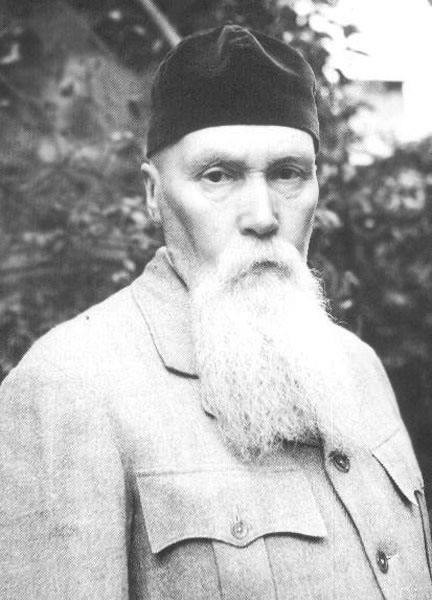
In 1920, Roerich, at Sergei Diaghilev’s invitation, designed Russian operas by Mussorgsky in London and held successful solo exhibitions. That same year, the director of the Art Institute of Chicago invited him to organize a major three-year tour across 30 U.S. cities, creating sketches for costumes and sets for the Chicago Opera. His first solo exhibition in New York also took place in 1920.
In November 1921, Roerich opened the Master Institute of United Arts in New York. Two years later, he founded the Alatas publishing house, as well as commercial enterprises World Service. Pancosmos Corporation (transport and expedition company) and Beluha Corporation (mineral development).
As you can see, he could never stay in one place. In 1923, Roerich embarked on a Central Asian expedition and afterward visited the U.S. only occasionally. (He would eventually pass away in northern India in 1947.)
During this time, a devoted fan and local broker, Mr. Horsh, helped Roerich establish the Roerich Museum (the very one this article highlights) and built a 29-story skyscraper, The Master Building (📍310 Riverside Drive), specifically for the artist. To this day, it remains the only skyscraper in the city built for an artist.
In 1935, Roerich initiated the first-ever international treaty for the protection of cultural heritage, prioritizing the safeguarding of cultural values over military necessity—a precursor to what later became UNESCO. The pact was signed by 21 countries in North and South America in Washington, including U.S. President Franklin Roosevelt at the White House.
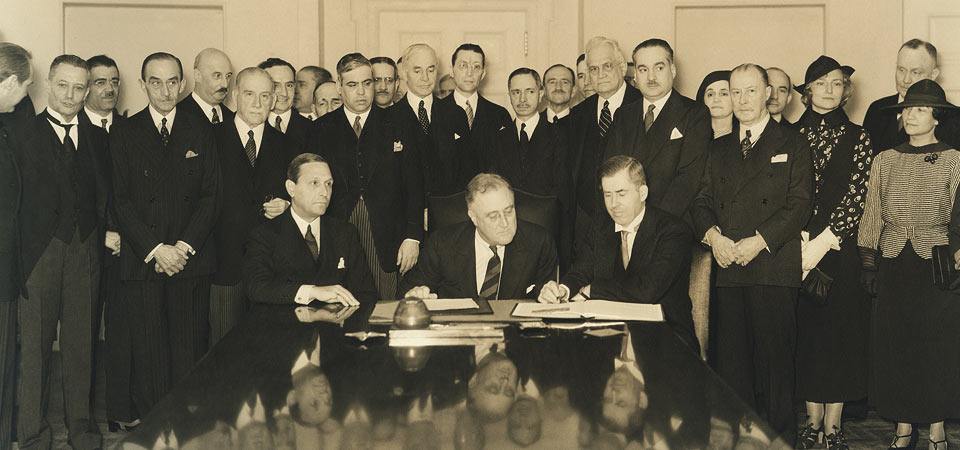
You’ve probably also seen Roerich’s iconic logo—the Banner of Peace, three dots within a circle.
Museum Collection
The Nicholas Roerich Museum in New York houses a unique collection of over 700 works, covering all stages of the artist’s career. Visitors can see paintings created during his travels through Central Asia, India, Tibet, Mongolia, and Russia. These works are not merely landscapes or depictions of cultural artifacts—they reflect Roerich’s philosophical and spiritual ideas, emphasizing the harmony between humanity and nature.
Special attention is given to paintings inspired by his journeys through the Himalayas and Central Asia, capturing majestic mountain landscapes, ancient monasteries, and scenes of everyday local life. The vivid colors and meticulous detail immerse viewers in the culture and atmosphere of the regions Roerich explored.
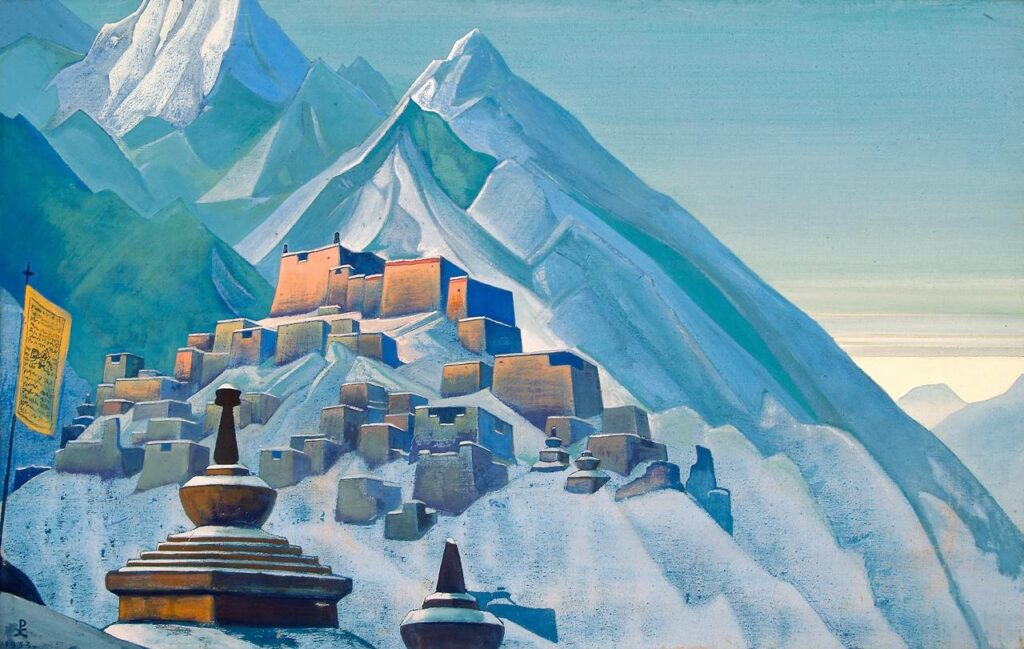
Beyond paintings, the museum exhibits graphic works, costume and set designs for European theaters and the Chicago Opera, as well as rare documents and photographs from his Central Asian expeditions, which reveal his creative process and scholarly interests.
The museum also hosts temporary exhibitions, lectures, and workshops dedicated to Roerich’s art and philosophy, making it not just a gallery but a living center of cultural and educational exchange. Visitors can not only admire the artworks but also gain a deeper understanding of the ideas that shaped Roerich’s life and his impact on global culture.
Visitor Information
Address: 319 West 107th Street / Nicholas Roerich Museum
Admission: Free, donations welcome
Website: www.roerich.org
